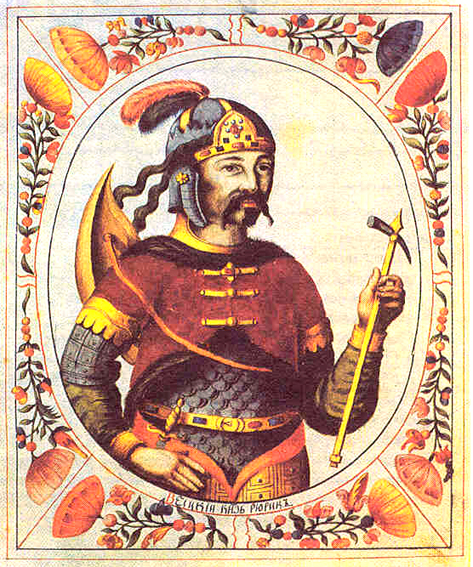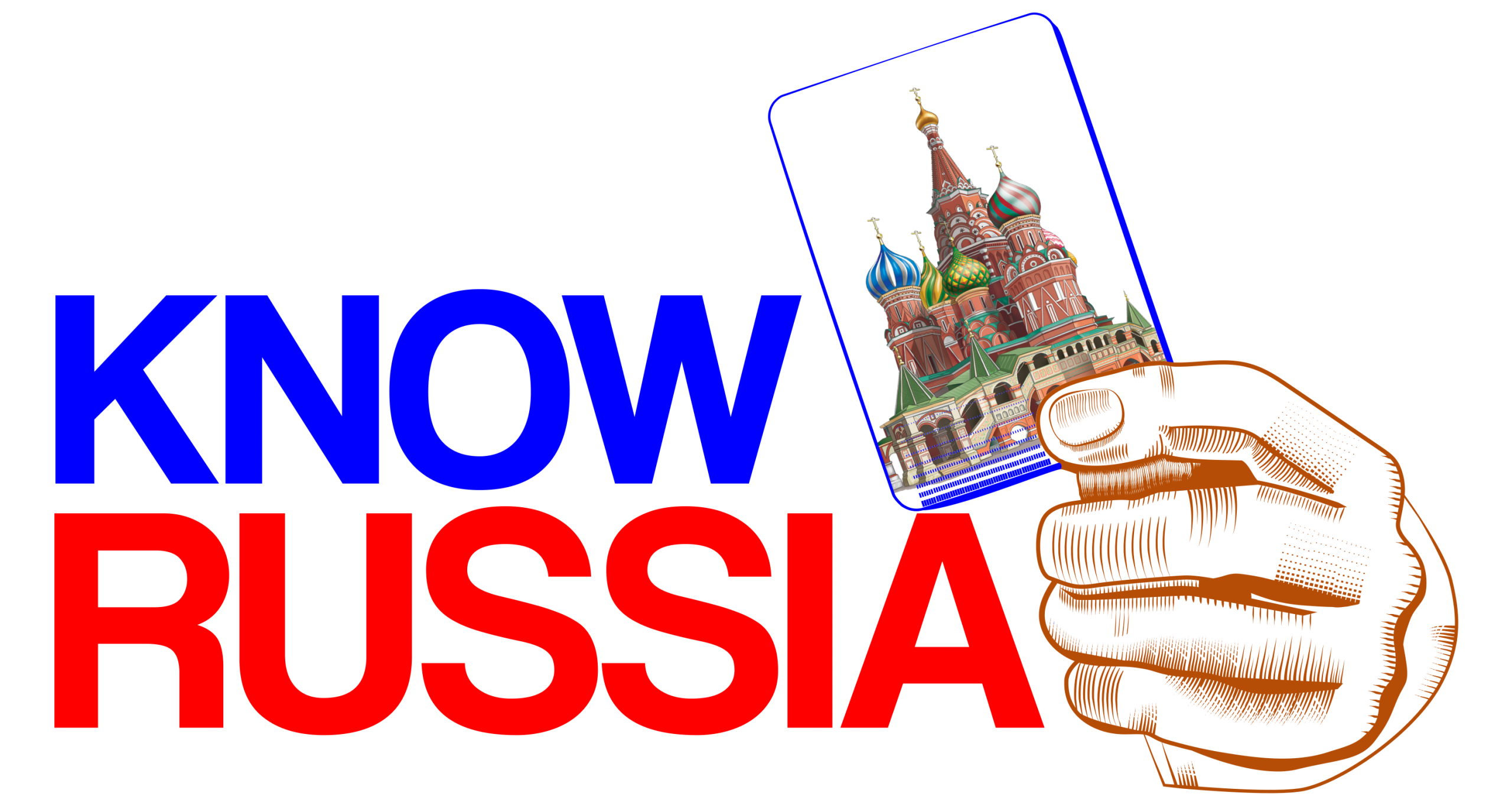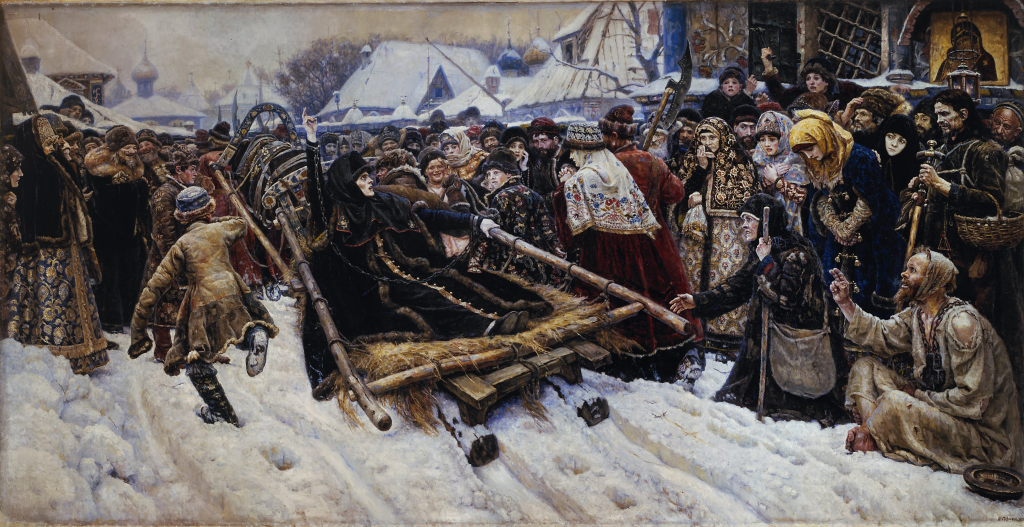
He appeared to be quite fit for the task, and within short years extended the nation’s borders, incorporating nearby Slavic tribes. His blood successors ruled Russia till 1598, when yet another succession crisis triggered the Time of Troubles, which eventually resolved in the establishment of the new dynasty, Romanovs.
Rurik’s origins are not known (and the Norman Theory has been disproved), but there are many people living now who claim their descendance from Rurik, and the DNA analysis of most of them confirms the same common ancestor who lived in the 9th century AD. That more or less proves that Rurik was a historical figure, indeed.

